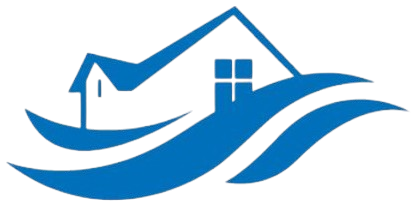Smoke-Damaged Drywall Restoration in Lemon Grove, California
Possible Causes of Smoke Damage to Drywall
Smoke damage to drywall can occur from various sources, including household fires, kitchen mishaps, or electrical faults. When a fire occurs, the smoke produced can settle on walls and ceilings, causing discoloration and lingering odors.
In some cases, smoke infiltration happens even without a full-blown fire; for example, burning candles, fireplaces, or cooking mistakes can generate smoke that seeps into drywall. Over time, this smoke can stain surfaces and create a persistent smell, impacting the comfort and safety of your home.
How Can We Fix That
Our team begins by assessing the extent of smoke damage to your drywall, identifying affected areas thoroughly. We then carefully remove heavily soiled or charred drywall sections to prevent the spread of smoke residues. Together with this removal, we utilize advanced cleaning techniques to eliminate smoke residues from surrounding surfaces.
After removing damaged drywall, we apply specialized decontamination treatments to neutralize odors and prevent future issues. In many cases, for minor smoke damage, our experts can perform deep-cleaning and sealing of the drywall to restore its appearance and smell. For more severe damage, we replace entire sections of drywall with durable, odor-resistant materials to ensure a long-lasting solution.
Throughout the restoration process, our team maintains strict standards for safety and quality. We utilize state-of-the-art equipment and environmentally friendly cleaning products to restore your walls to their pre-damage condition. Our goal is to provide a seamless, efficient service that leaves your space fresh and safe to enjoy again.
Why Are We the Best in Smoke-Damaged Drywall Restoration
Our experts have extensive experience with smoke damage restoration, ensuring that every job is handled with precision and care. We understand the unique challenges presented by smoke residues and odors, enabling us to deliver tailored solutions that work. Our attention to detail guarantees thorough cleaning and exceptional results every time.
Customer satisfaction is at the heart of everything we do. We work closely with homeowners to ensure clear communication and provide updates throughout the process. Our team is committed to completing projects on time and within budget, minimizing disruption to your daily life.
Plus, we use only the highest-quality, eco-friendly products and equipment to safeguard your home and our environment. Whether you’re dealing with minor stains or severe smoke damage, we’re confident in our ability to restore your walls efficiently and effectively. Call us today at (888) 884-7150 for expert smoke damage and drywall restoration in Lemon Grove and the surrounding areas.
Frequently Asked Questions
What signs indicate smoke-damaged drywall?
Discoloration, stubborn odors, and soot residue are clear signs of smoke damage. If your walls or ceilings develop a yellowish stain or an unpleasant smell persists after cleaning, it’s time to seek professional help.
Can smoke damage be repaired without replacing drywall?
In many cases, minor smoke stains and odors can be managed with thorough cleaning, sealing, and deodorizing. However, extensive damage or charred drywall requires replacement to ensure safety and aesthetics.
How long does drywall restoration typically take?
The duration varies depending on the extent of the damage. Minor repairs may be completed within a day, while more severe cases could take several days. Our team strives to complete restoration promptly without compromising quality.
Will my walls regain their original appearance after cleaning?
Yes, with professional cleaning and decontamination, your drywall can look almost new. Our team’s advanced techniques effectively remove smoke stains and odors, restoring your walls’ fresh appearance.
Is mold a concern after smoke damage, and how do you prevent it?
Smoke damage can sometimes lead to moisture retention and mold growth. Our experts take extra precautions by thoroughly drying and inspecting affected areas, ensuring that no mold develops during the restoration process.
